Docker && Kubernetes
Docker && Kubernetes

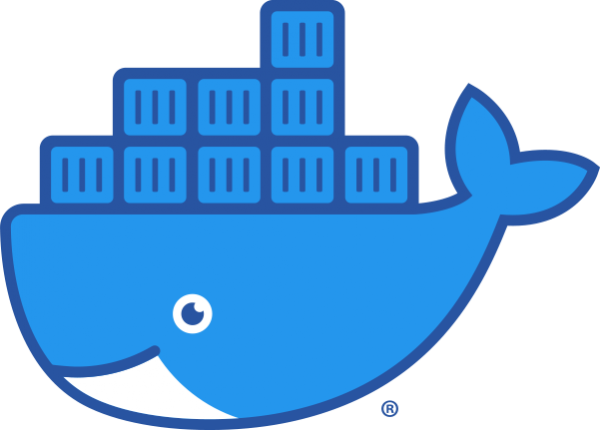

From Zero to Hero
In a nutshell
Communities
Social Developer
Recognitions
Cloud Solution Architect @Microsoft
GDE,MCT and former MVP from SL
Top stackoverflow contributor

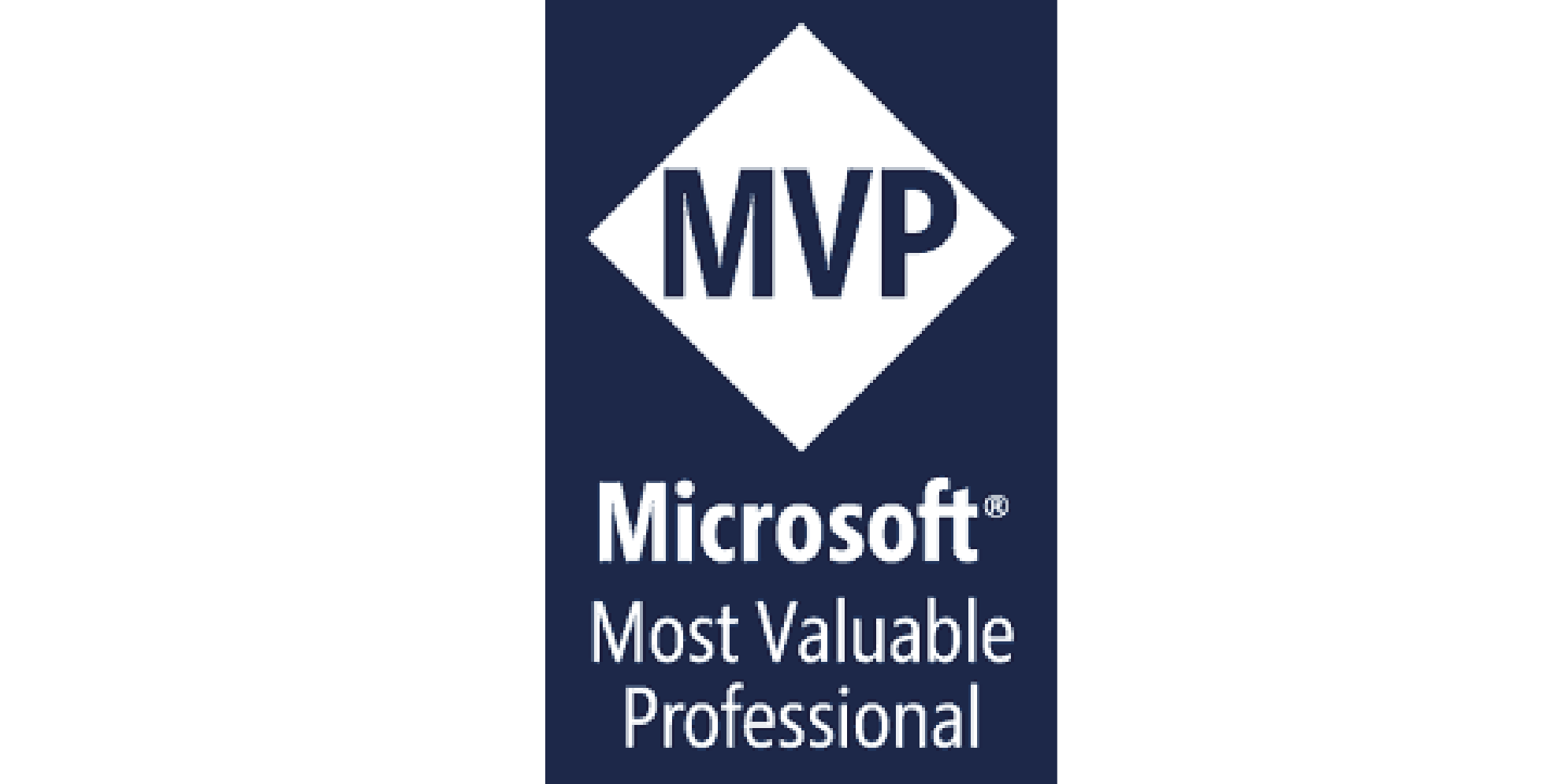

I'm Sajeetharan Sinnathurai
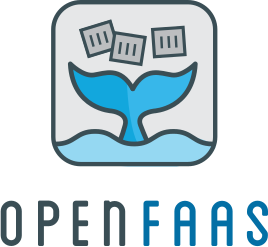

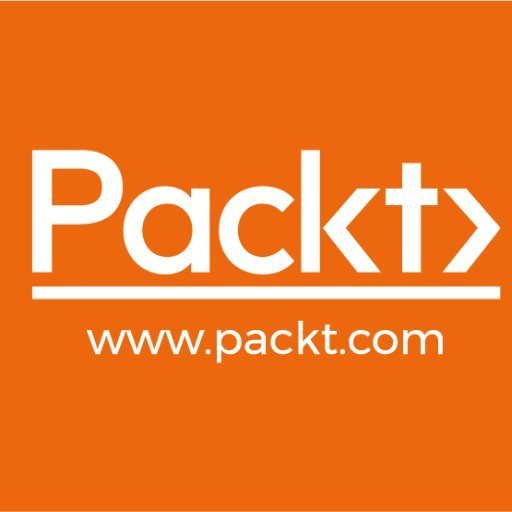
@sajeetharan

@kokkisajee


@sajeetharan
@sajeetharan
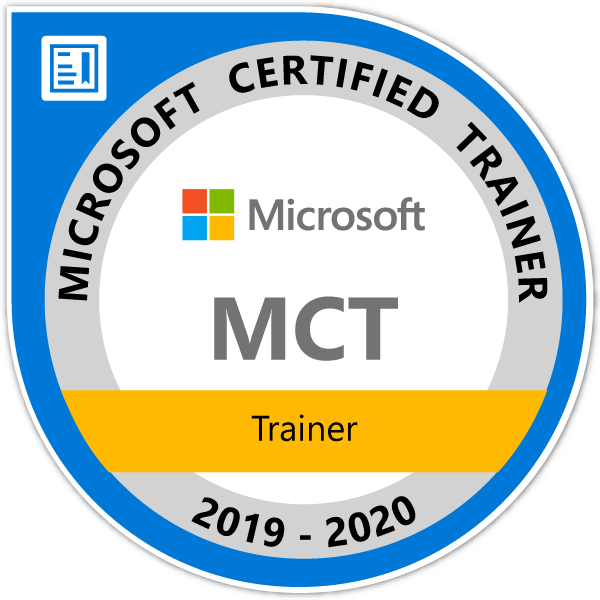




About this Session
👍A “crash course" and strictly not for Experts
👍It won’t teach you everything, But it will help you learn what you need to know to get started
👍A mixture of discussion, jokes and demo
👍Be prepared to Unmute and ask questions
THE CHALLENGE
"Build and Deploy Dotnet Core App to K8s"
- Build the application and containerize it using docker
- Deploy the app to K8s

and we need only 30 steps to go there!
Disclaimer: If you don't understand anything or feel bored
let's change the topic!

Story time -> Software = Shipping?
Then
@kokkisajee


Then
Now

Actual Problem

Solved!
Top 3 lies by developer
It works on my machine
We have not changed anything
You're testing it wrong

The Problem
The solution

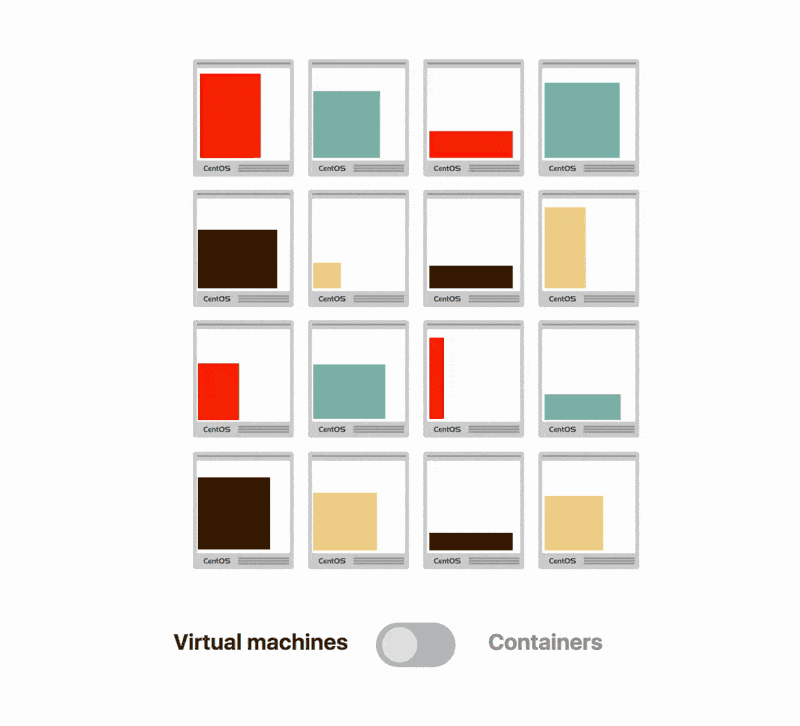
What is Docker ?

What is an Image?
- A fully self-contained “thing”
- Application source code
- All runtime dependencies, config files, and binaries
Images are STATELESS and IMMUTABLE


What is a container then?
●While a container looks like a VM, it isn’t!
●A container is JUST another process on the machine
●It uses namespaces and control groups (cgroups) to provide isolation
Namespaces include network, process, user, IPC, mount, and others

How to create a Image?
●Best practice is to use a Dockerfile
●A text file that contains a script used to create an image
●Allows various commands, including:
FROM - specify the parent image (almost always the first command)
COPY - copy files from the host into the image
RUN - run a command using binaries inside the container (install services, etc.)
CMD - specify the default command (if one not specified in parent image)
How to share an Image?
- When building an image, it only exists on the building machine
| Docker | Git | Description |
|---|---|---|
| image | repository | collection of commits |
| container | clone | used for local execution |
| docker hub | GitHub | popular remote server |
Image Registry
Docker registries hold images.
The public Docker registry is called Docker Hub.

Containers vs VMs

Architecture Overview

Demo Time
PreRequisites
- Docker Desktop for Mac and Windows
- VSCode - Visual Studio Code - Code Editing. Redefined
- Docker Extension for VSCode - Docker - Visual Studio Marketplace
- DOTNET CORE SDK Download .NET (Linux, macOS, and Windows) (microsoft.com)
Let's fight together

Steps to run Dotnetcore app with docker
Step 1: Create a dotnet api application
Step 2: Coment out Startup.cs to run on local
az login -u <username> -p <password>
Step 3: Run the application
cd dotnet-app
dotnet runStep 4: Visit http://localhost:5000/WeatherForecast
dotnet new webapi --name dotnet-app// app.UseHttpsRedirection();Let's Dockerize the Dotnet Core application
Step 5: create a docker image for the dotnet-app
Step 7: Build our docker image with the dockerfile.
docker build -t dotnet-app .
or use
Ctrl+Shift+P Build ImageStep 8: Once then image buit, check the image or use explorer
Ctrl + Shift + p -> Add docker files to workspace or create manuallydocker imagesStep 9: Run the docker image and verify it works.
docker run --rm -it -p 5000:5000 womenwhocodeapp:latest Step 10: open localhost:5000/WeatherForecast
Step 6: Use ENV instruction to add an environment variable
ENV ASPNETCORE_URLS=http://*:5000
Yeah! Success!
Let's move to bigger challenge!
While you are sitting in front of TV
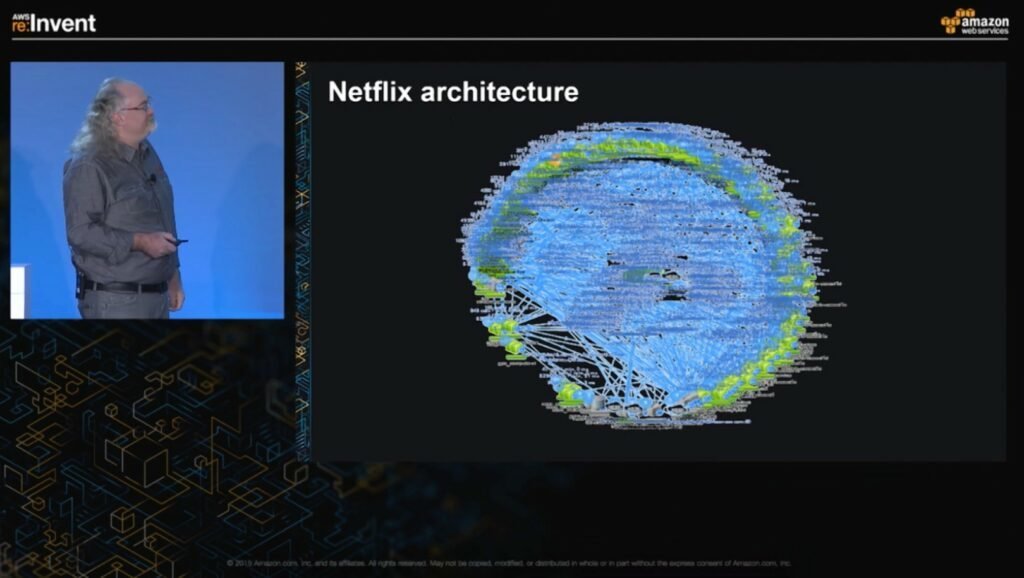
Here is how an automated containers world look like

Container Orchestration













Kubernetes
Packing Things Together
At Scale

Cuban Yeti(s)

- Kubernetes is a portable, extensible open-source platform for managing containerized workloads and services
- Environment to run applications on containers (Docker, but other engines are supported)

Why K8S
- It's a uniform platform for running containers
- It's portable (runs on clouds and bare metal)
- Makes managing and deploying infrastructure easy
- Uses a declarative approach (no scripting)
- It's a self-healing system
- It's very well suited for microservices
- Flexible: you could run your own serverless stack!
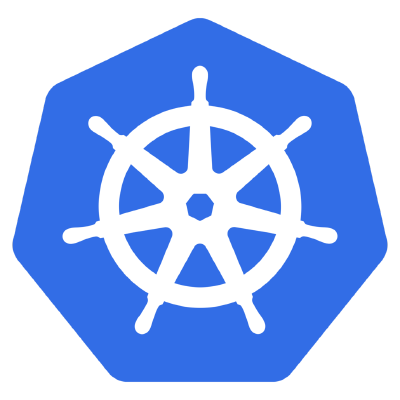
Clustering
Clustering
Scheduling
Scaling
Deployment
Clustering
Load balancing
Fault Taulerence
K8S architecture

A kubernetes cluster contains:
- 1+ Nodes: workers, they run containerized apps
- 1 Master: runs k8s APIs and administrates changes to the cluster, can be replicated
K8S architecture: Nodes
Nodes on K8S are the basic worker machine
- On cloud providers, Nodes are VMs
- Each Node runs a Kubelet process, for k8s related communication
- They also run Docker, for managing containers (or an equivalent container engine)

K8S architecture: Masters
Masters run a set of components:
- API server: a REST API for operating the cluster
- The state store (etcd): stores configuration data
- Controller manager server: handles lifecycles and business logic
- Scheduler: schedules containers on the cluster
Masters can be replicated, to ensure High Availability
A cluster with a failed master can still work (Nodes will execute containers) but won't be able to change/self-heal
The Pod
The basic building block of K8S
- Smallest unit to deploy in k8s
- It encapsulates a containerized application
- Each pod has a network IP
- Pods can have a volume assigned
- Normally one container, but can be used to run multiple

You never really run Pods directly, a Controller does!
The Deployment
A Deployment is used to manage Pods
- It's declarative: describes what you want to deploy
- Allows rolling deploys (no downtime)
- Manages application restarts in case of crashes
- Manages scaling up (or down) your Pods
To be more specific:
Deployments manage ReplicaSets, which in turn are responsible for managing Pods
The Deployment: cont'd
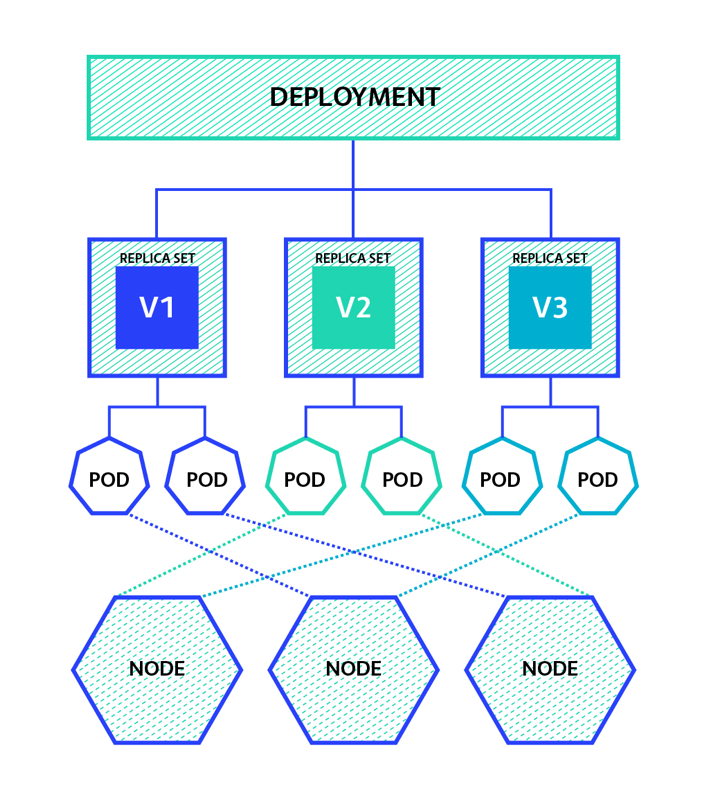
When you change a Deployment:
- The deployment updates its spec/status
- It creates a new ReplicaSet (if needed)
- Each set is a group of Pods of the same version
- When the new ReplicaSet is ready, the old one is deleted
The Deployment: example
An example Deployment (yaml file)
- Runs the public nginx:1.7.9 image
- Will mantain 3 replicas
- Exposes port 80
But your apps are not reachable from outside the cluster yet...
apiVersion: apps/v1
kind: Deployment
metadata:
name: nginx-deployment
labels:
app: nginx
spec:
replicas: 3
selector:
matchLabels:
app: nginx
template:
metadata:
labels:
app: nginx
spec:
containers:
- name: nginx
image: nginx:1.7.9
ports:
- containerPort: 80Service Discovery
The Service
Pods are mortal:
- They have an IP, but it can change
- They can be restarted/recreated
- They can be scaled up or down
To make sure you can always reach Pods from the same group, Kubernetes uses Services
The Service
Services offer:
- An external or internal IP to reach your Pods
- An internal DNS name for Pods
- A port on your Node's IP
- Lightweight load balancing of requests
- In cloud environments they can provision Load Balancers

Ingresses: an example
apiVersion: extensions/v1beta1
kind: Ingress
metadata:
name: test
annotations:
nginx.ingress.kubernetes.io/rewrite-target: /
spec:
rules:
- host: k8s.io
http:
paths:
- path: /foo
backend:
serviceName: foo-service
servicePort: 80
- path: /bar
backend:
serviceName: bar-service
servicePort: 80http://k8s.io/foo
http://k8s.io/bar
foo-service
bar-service
IngressControllers are usually implemented with reverse proxies (e.g. nginx)
ConfigMaps and Secrets
Persistent Volumes
Network and CNI
Network Policies
HELM Package Manager
RBAC
Horizontal Pod Autoscaler
Additional concepts
Additional Controllers
K8s Cluster
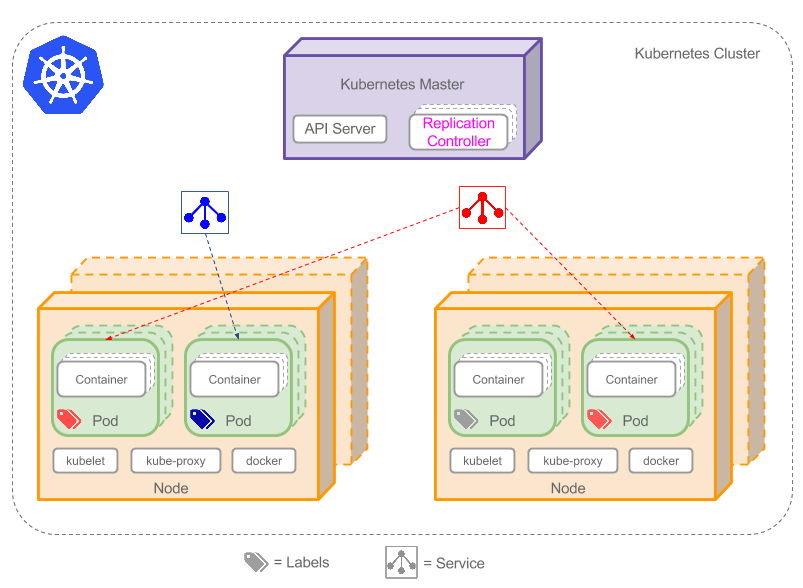
Deployment / ReplicaSet
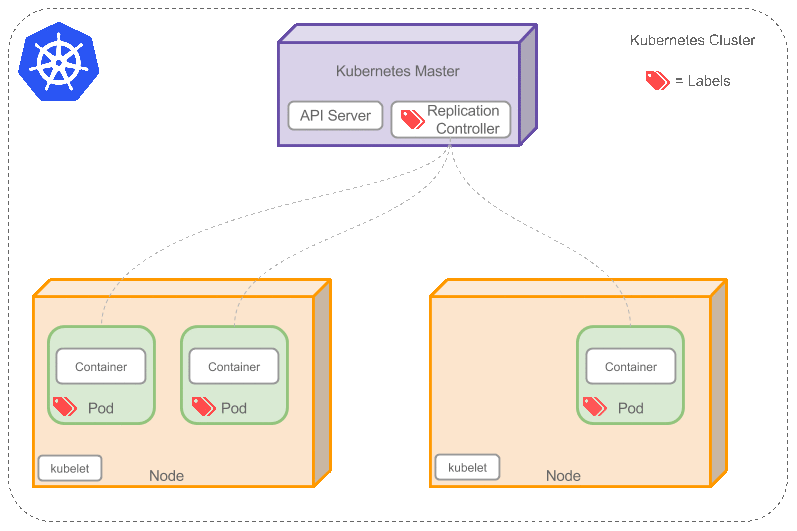
The kubelet is responsible for maintaining a set of pods
High Available Design
etcd

etcd

LB


kubectl, ui, api clients



storage
log mgmt



monitoring
nodes
It's Time for k8s Demo

Wake up! I'M done

Q&A

Where to go from here?
- Maybe I can Help, DM me @kokkisajee
- New to cloud native? My fire side chat on Cloud Native Apps - YouTube
- Slides : Docker && Kubernetes - Zero to Hero (slides.com)
- Demo : sajeetharan/docker-k8s-dotnetapp
- https://kubernetes.io/docs/home/
- Top Docker Courses - Learn Docker Online | Coursera
- AKS demo - Kubernetes on Azure tutorial - Prepare an application - Azure Kubernetes Service | Microsoft Docs
- Kubernetes from Zero to Hero - Kubernetes Learning Path | Microsoft Azure
- Multiple projects solution file with .Net - Visual Studio Container Tools with ASP.NET Core | Microsoft Docs
- AKS baseline Architecture - Baseline architecture for an Azure Kubernetes Service (AKS) cluster - Azure Architecture Center | Microsoft Docs